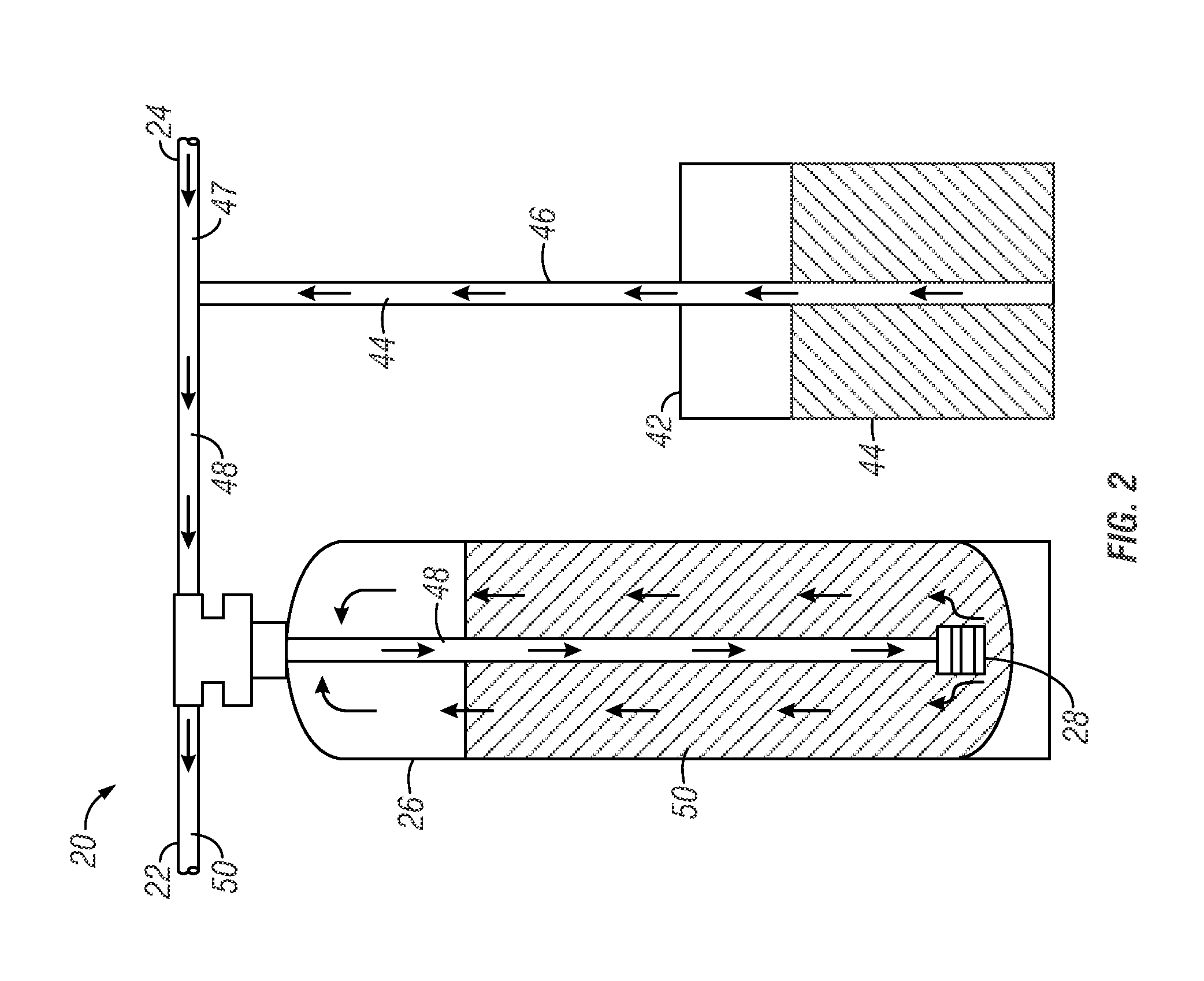Urea sulfate and sodium chloride blend for regeneration of cation exchange resins
a technology of cation exchange resin and urea sulfate, which is applied in the direction of filtration separation, cleaning using liquids, separation processes, etc., can solve the problems of reducing cleaning efficacy, less functional cleaning process, and burdening the system, so as to reduce scale build-up, spotting and/or film formation
- Summary
- Abstract
- Description
- Claims
- Application Information
AI Technical Summary
Benefits of technology
Problems solved by technology
Method used
Image
Examples
example 1
[0178]Previous experiments show that ware washing results will be improved using softened water by conventional means and acidified by consumable detergents and / or rinse additives. When conventional ion exchange resins are exhausted, the water is no longer softened and brine is typically used to regenerate the resin. The water that is no longer softened often causes poor washing results unless additional detergents concentration containing builders, chelants or polymers are increased and additional rinse additive is used.
[0179]An experiment showing the proof of scale build up on ware was conducted using a carbonate 500 ppm, 75 cycle test. Table 1 quantifies the results of ware treated according to the experiment, wherein Glasses 1A were treated using only hard water (17 Grain / Gal hardness water) and Glasses 1B were treated using the acidic softened water according to the invention. The resultant scale build up on the treated ware surfaces were depicted by photograph and measured vis...
example 2
[0182]An experiment showing the proof of protein removal on ware was conducted using the detergent APEXNC 1000 ppm (Ecolab®) and the 7 cycles protein removal test. Table 2 show the results of ware treated according to the experiment, wherein Glasses 2A were treated using only hard water (5 Grain / Gal hardness water) and Glasses 2B were treated using the acidic softened water according to the invention. The resultant scale build up on the treated ware surfaces are depicted by photograph and measured visually according to the grading scale (below).
[0183]The 7 cycle protein test employed was performed to provide a generic method for evaluating glass filming, spotting, and soil removal in an institutional dish machine. Clean test glasses are washed in an institutional dish machine. The performance of the detergent or rinse aid is measured by the prevention of water spotting or filming and the removal of soil from plastic tumblers and Libbey Glass tumblers. According to this experimentati...
example 3
[0186]The capacity of a commercially-available weak acid resin against pH of water was tested. An Amberlite® IRC 76 ion exchange resin (commercially-available from Rohm and Haas Company) was tested. Amberlite® IRC 76 ion exchange resin is one example of a commercially-available weak acidic resin having a polyacrylic copolymer with carboxylic acid functional group. This particular resin is characterized by a volume variation smaller than conventional weak acid resins and can be used in H+, Na+ or NH4+ forms and can also be used to remove bicarbonate hardness from water. The resin is known to be sensitive to chlorine in water (affecting the lifetime and performance of the resin). The operating capacity of the resin is a function of analysis, temperature and service flow rate of water. The resin is readily regenerated with little over stoichiometric amounts of strong acids.
[0187]On average, the use of a conventional weak acid resin used in ion exchange water softening applications are ...
PUM
| Property | Measurement | Unit |
|---|---|---|
| temperature | aaaaa | aaaaa |
| particle size | aaaaa | aaaaa |
| particle size | aaaaa | aaaaa |
Abstract
Description
Claims
Application Information
 Login to View More
Login to View More - R&D
- Intellectual Property
- Life Sciences
- Materials
- Tech Scout
- Unparalleled Data Quality
- Higher Quality Content
- 60% Fewer Hallucinations
Browse by: Latest US Patents, China's latest patents, Technical Efficacy Thesaurus, Application Domain, Technology Topic, Popular Technical Reports.
© 2025 PatSnap. All rights reserved.Legal|Privacy policy|Modern Slavery Act Transparency Statement|Sitemap|About US| Contact US: help@patsnap.com



